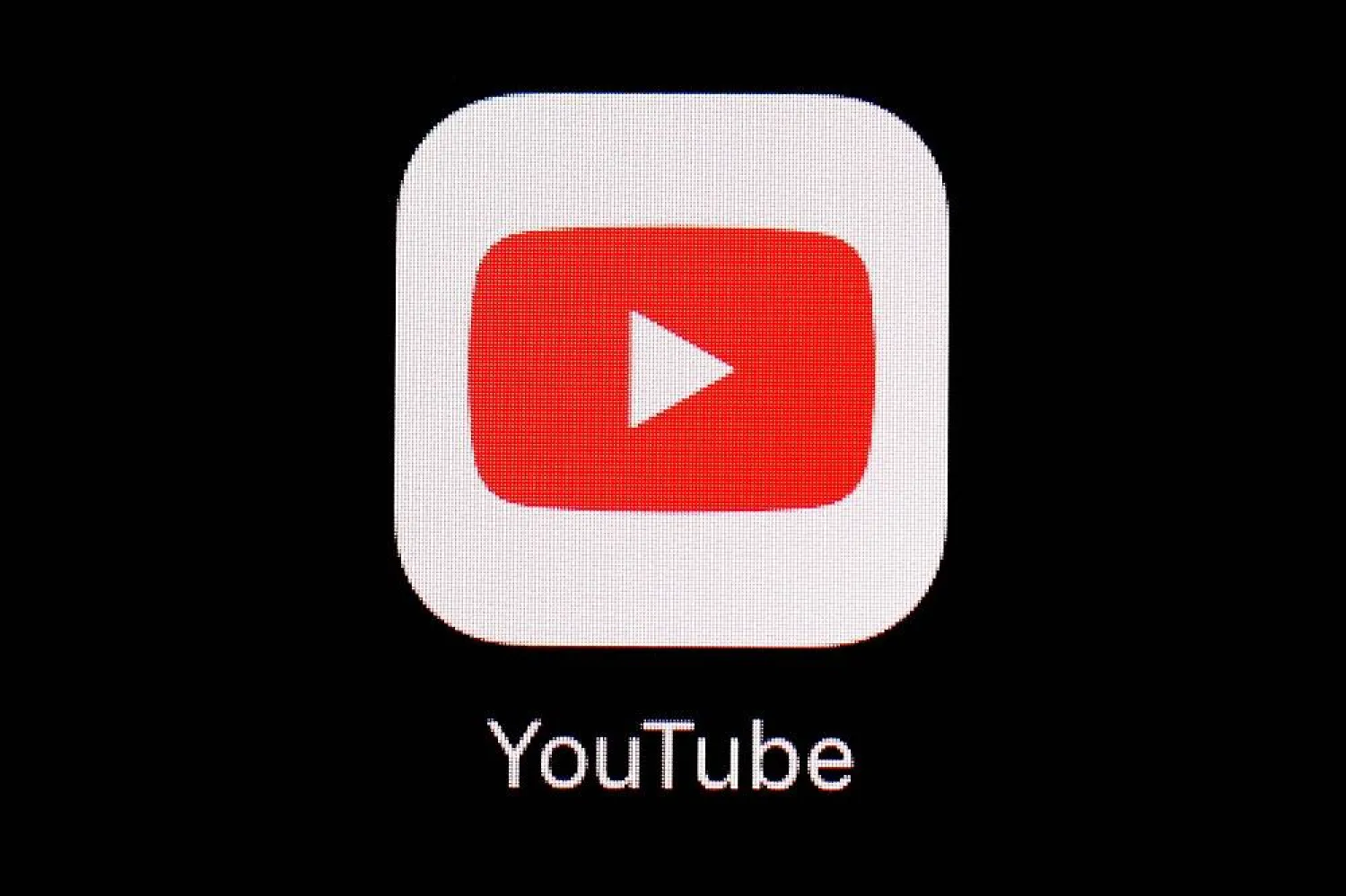Tencent Holdings Ltd's newly launched "Dungeon & Fighter" (DnF Mobile) has got off to a strong start, dominating top-grossing charts on Apple's iOS platform in China for nearly a month, industry data showed.
The game, launched in the world's biggest gaming market on May 21, broke the $100 million revenue mark in just 10 days, according to a report released by data analytics firm Sensor Tower this week.
It also topped the global mobile game revenue growth chart for May and ranked 8th in overall revenue.
In the first 10 days of its launch, DnF Mobile's revenue in China's iOS market surpassed the combined earnings of Tencent's other popular titles "Honor of Kings" and "PUBG Mobile," according to a separate Sensor Tower report dated June 17.
This surge contributed to a 12% growth in Tencent's mobile game revenue in May, according to Sensor Tower.
The DnF Mobile title, based on a popular PC franchise, had been available internationally for years. Its China launch was delayed due to Beijing's temporary freeze on new game approvals, Reuters reported.
DnF Mobile's early success comes amid ongoing tensions between Tencent and smartphone vendors over gaming revenue sharing.
Earlier this month, Tencent pulled the game from selected Android app stores, citing contract expiries.
Game developers in China have long had a contentious relationship with distributors over issues such as revenue sharing, as mobile games become increasingly popular in the broader game market. The standard 50% revenue split has often been a bone of contention.
Tencent's 'Dungeon & Fighter' Game Dominates China's Mobile Download Charts

FILE PHOTO: The Tencent Games logo is seen on its game on a mobile phone in this illustration picture taken March 19, 2024. REUTERS/Tingshu Wang/Illustration/File Photo

Tencent's 'Dungeon & Fighter' Game Dominates China's Mobile Download Charts

FILE PHOTO: The Tencent Games logo is seen on its game on a mobile phone in this illustration picture taken March 19, 2024. REUTERS/Tingshu Wang/Illustration/File Photo
لم تشترك بعد
انشئ حساباً خاصاً بك لتحصل على أخبار مخصصة لك ولتتمتع بخاصية حفظ المقالات وتتلقى نشراتنا البريدية المتنوعة





